Home>About River Restoration>Best Management Practices>Sand Traps
Sand Trap Construction and Maintenance
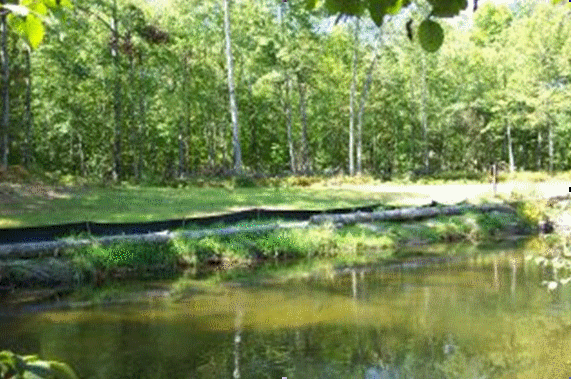 A straight stretch of stream (200 to 300’ long) with a stable bank (2-4’ high) on dry ground that provides a pad for the excavator to work from without caving into the river. Ideally, instream woody debris and trees on the bank should be minimal; however, these materials can often be moved and/or removed if necessary.
A straight stretch of stream (200 to 300’ long) with a stable bank (2-4’ high) on dry ground that provides a pad for the excavator to work from without caving into the river. Ideally, instream woody debris and trees on the bank should be minimal; however, these materials can often be moved and/or removed if necessary.
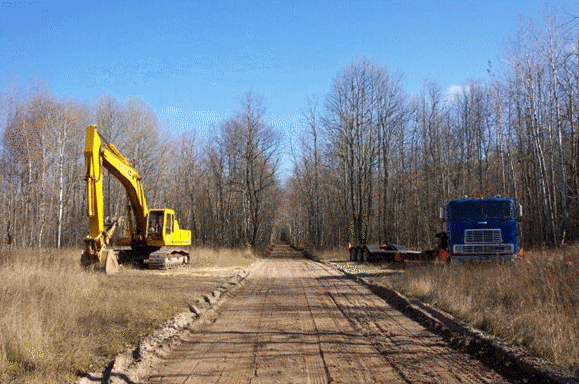 Provide an access road or two-track for heavy equipment access. The road may need to accommodate a 60 ton - 70’ long truck and lowboy (this hauls the excavator) and 3 times as much room to turn that type of equipment around. Access road developments and improvements cost money. Dump trucks also need to access the site in order to haul the spoils away.
Provide an access road or two-track for heavy equipment access. The road may need to accommodate a 60 ton - 70’ long truck and lowboy (this hauls the excavator) and 3 times as much room to turn that type of equipment around. Access road developments and improvements cost money. Dump trucks also need to access the site in order to haul the spoils away.
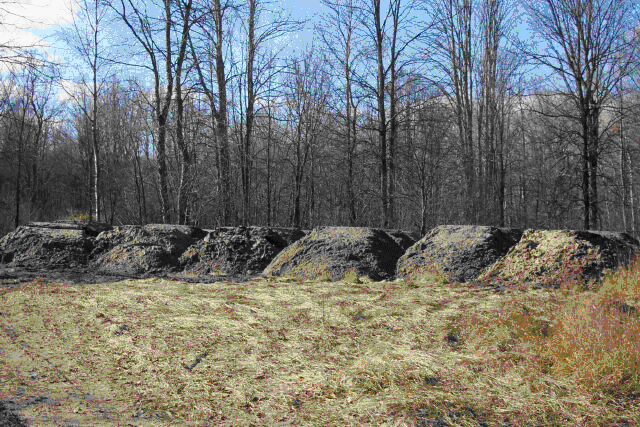 Locate a permanent spoils site near the trap in an upland area where sand can be stockpiled and spread over time. Keep in mind that the farther we have to haul spoils, the longer it takes and the more it costs for trucks and drivers.
Locate a permanent spoils site near the trap in an upland area where sand can be stockpiled and spread over time. Keep in mind that the farther we have to haul spoils, the longer it takes and the more it costs for trucks and drivers.
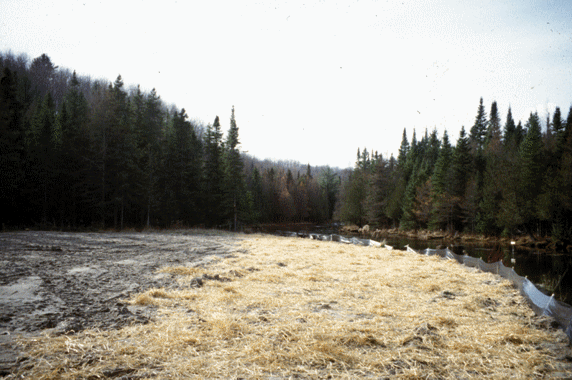 Someone needs to install silt fencing, seed and straw at the trap location after every cleaning to stabilize the disturbed soils on the sand trap pad.
Someone needs to install silt fencing, seed and straw at the trap location after every cleaning to stabilize the disturbed soils on the sand trap pad.
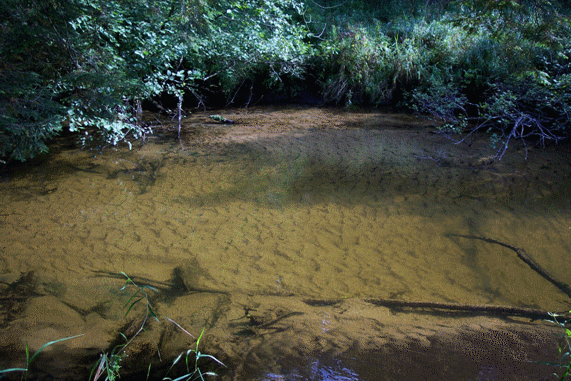 A sand trap is excavated 1 to 2 times a year, every year in order to be effective! Make sure that funding is available to continuously operate a sand trap.
A sand trap is excavated 1 to 2 times a year, every year in order to be effective! Make sure that funding is available to continuously operate a sand trap.
